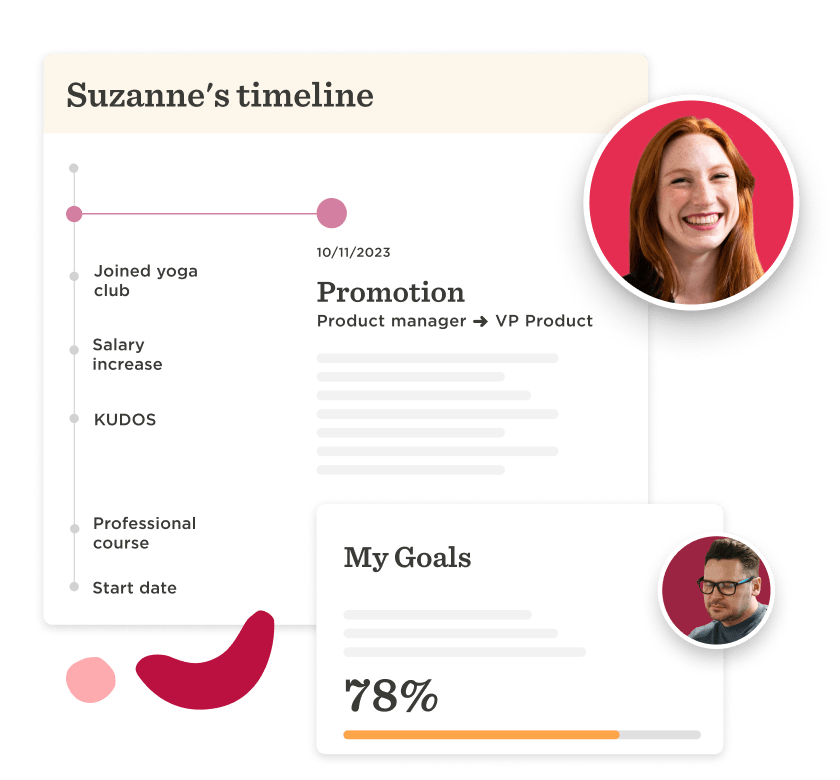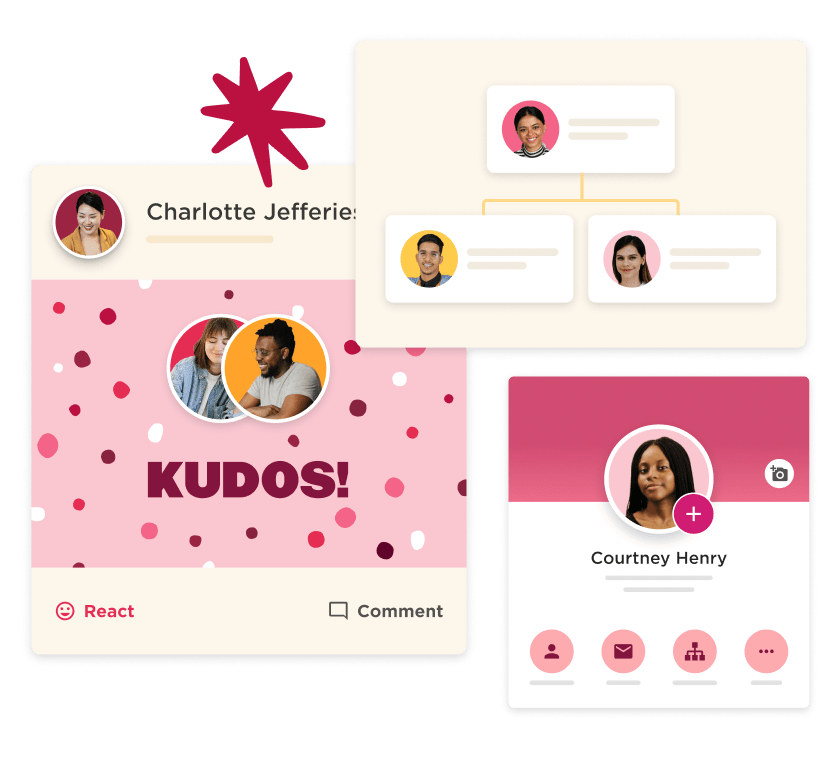How to calculate and improve your attrition rate
Use this article to learn everything you need to know about calculating and improving attrition…

From out-of-the-box onboarding, workflows, performance management, and compensation management to integrations with leading payroll providers and more—Bob’s breadth of core HR functionally gives your team everything needed to operate efficiently.
Learn more

Bob handles HR’s needs but doesn’t stop there. Designed to be a central system for all your people—from the C-suite to direct contributors and managers—Bob’s beautiful interface makes every task your people complete feel like using their favorite social network, leading to wider adoption, engagement, and productivity (#success).
Learn more→

HR is a key driver of business success, and Bob’s HRIS gives you the data to prove it. Bob’s advanced analytics let you easily track important KPIs and impact on business goals. And, because Bob is used by all employees, you benefit from vast amounts of rich data, which means stronger insights for better decision making.
Learn more→

At its very core, Bob was designed with agility and configurability in mind. Whether it’s expanding to a new location or hiring dozens of new joiners at the speed of light, Bob’s HRIS gives you autonomy, adapts to your organization’s ever-changing needs, saves admin time, and ensures you remain compliant.
Learn more→

Ensuring your people feel included and connected is critical when your team is WFO, WFH, WFAnywhere. Bob provides essential engagement features that drive communication, inclusion, and belonging—inspiring a remarkable experience for every employee.
See how→
Use this article to learn everything you need to know about calculating and improving attrition…

These five HR industry goals serve as guiding principles to help global HR leaders like…

Use HR metrics to take a data-driven approach to track and assess your progress and…